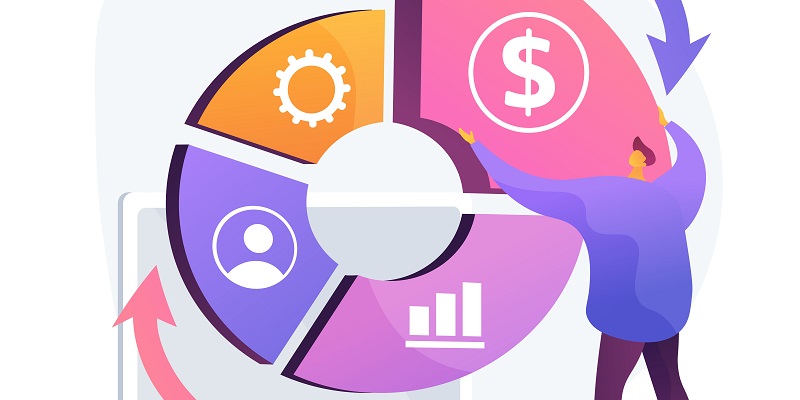In the world of sales, the ultimate objective is to close deals and generate revenue. However, the sales process is often rocky, and many deals can get stuck in the pipeline. Understanding how to unblock the sales cycle is a critical skill for any salesperson or business owner. In this article, we will explore the key steps to unblocking the sales cycle, from understanding customer needs to refining sales strategies.
The Importance of Listening: Understanding Customer Needs and Challenges
The first step in unblocking the sales cycle is to listen carefully to the customer. This involves understanding their needs, challenges, and pain points. Rather than pushing a product or service, a salesperson should focus on uncovering what the customer is looking for and the problems they are trying to solve. Active listening is essential to this process as it allows the salesperson to gain a deeper understanding of the customer’s situation.
Identifying Pain Points: Pitching Solutions that Meet Customers’ Needs
Once the salesperson has identified the customer’s pain points, it’s time to pitch a solution that meets their needs. The key here is to tailor the pitch to the customer’s specific requirements. One-size-fits-all sales pitches rarely work, and customers are more likely to be impressed by solutions that are tailored to their unique situation. By demonstrating that they understand the customer’s challenges, a salesperson can establish credibility and build trust.
Understanding the Customer’s Buying Process: Tailoring Pitches and Addressing Concerns
It is essential to have a deep understanding of the customer’s buying process. This involves knowing who the decision-makers are, what their priorities and concerns are, and what the decision-making timeline looks like. Armed with this knowledge, the salesperson can tailor their pitch and address any concerns the decision-makers may have. By providing answers to their questions and addressing their concerns, a salesperson can remove any obstacles that may be blocking the sale.
Follow-up: Providing Continuity and Prioritizing Customer Needs
Following up with customers is crucial in providing continuity in the sales process. It assures the customer that their needs are being prioritized, and it signals to them that the salesperson is committed to finding a solution that works for them. The key is to follow up in a timely and non-intrusive manner. This can be done through email, phone calls, or in-person meetings. The goal is to maintain regular communication with the customer without being pushy.
Data-driven insights: identifying successful conversion patterns and refining sales strategies
Using data-driven insights can be an effective way to identify patterns that lead to successful conversions. By analyzing data on customer behavior, sales teams can gain insight into what works and what doesn’t. This can help businesses refine their sales strategies, and it can also provide valuable feedback to the sales team. Data can be used to identify areas where the sales process can be streamlined, which can reduce friction in the pipeline and improve the chances of closing deals.
Ensuring a Great Customer Experience: Turning Customers into Advocates
When businesses ensure that customers have a great experience, those customers become not only repeat customers but also advocates for the brand. Happy customers are more likely to recommend a product or service to others and provide positive reviews. This can be achieved by providing excellent customer service, delivering on promises, and going the extra mile. By nurturing relationships with customers, businesses can build a loyal customer base that supports the brand in the long run.
In conclusion, unblocking the sales cycle requires a multifaceted approach. By listening carefully to the customer, pitching solutions that meet their needs, understanding the decision-making process, following up regularly, using data-driven insights and ensuring a great customer experience, businesses can increase their chances of closing deals. It’s essential to remember that each sales opportunity is unique, and there is no one-size-fits-all solution. However, by following the key steps outlined here, sales teams can navigate the sales process more effectively and ultimately improve their bottom line.

